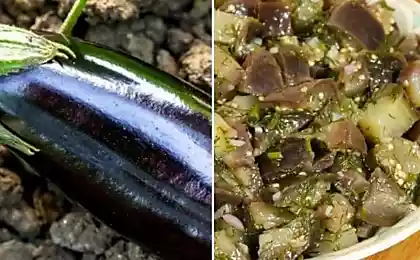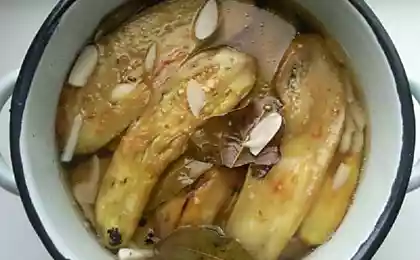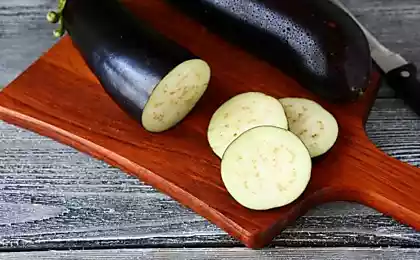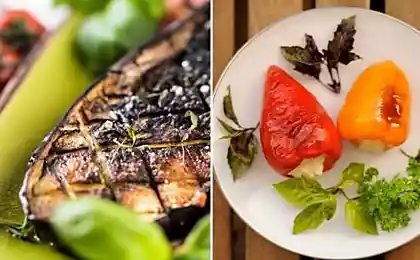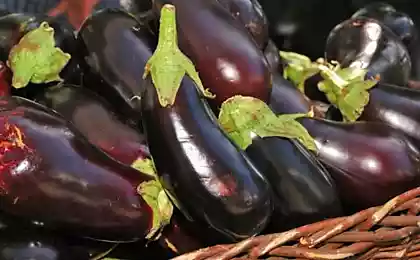460
Ecozilla:planting eggplants
Eggplant is native to East India , where grow wild eggplant! Cultivated in China from the fourth century BC, the Arabs brought the seeds to Spain and the Mediterranean. Eggplant is grown in Spain since the fourteenth century , it later spread to France, Germany and the UK and other countries. Eggplant long had a bad reputation, he was called "mad Apple". Considered as a decorative plant used for bouquets. In 1825, the eggplant was presented in the markets of Paris as vegetables. Amateur and professional gardeners use eggplant in a variety of shapes and colors offered by different varieties.

The eggplant planted in a Sunny position in late may after the last frost when the outdoor temperature reaches or exceeds 15 ° C. This vegetable loves the sun and is one of the basics of Mediterranean cuisine. Eggplant is rich In vitamin and minerals: calcium, magnesium, phosphorus and potassium.
For eggplant is the perfect fresh, light and rich in humus soil.
Before planting soak plants in a bucket for at least 2 minutes until no more bubbles no longer rise to the surface. Now you can prepare the planting holes.
Dig pits of 30 cm deep, located at least at a distance of 60 cm in all directions.
Improve the soil: Add lime and natural fertilizers (compost, chopped nettle ) at the bottom of the pit and you can start planting.
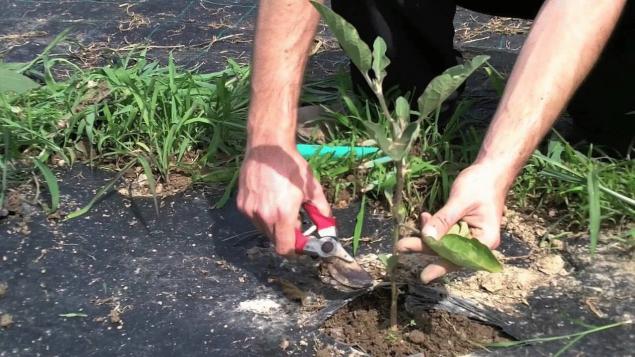
Don't bury the foot in too deep.
Pile the mulch at the base to keep the freshness of the land and restrict the growth of weeds.
Make supports for the plants. Small pegs can be fitted at the time of planting.
Small trick: slugs and Colorado potato beetles are particularly fond of young plants, so to protect your eggplants from these voracious predators, install protection. It can be a flask of 5 liters which sell water. Just cut off the bottom and stick in the ground turned up, the hole of this bottle is sufficient for ventilation, but will not allow pests to get to the plants. This will save you from the need of chemical protection, you grow a pure product.

Next to the eggplant suggest to plant: Basil, thyme, garlic, onions –they are known to repel pests.
Among the good neighbors: artichoke, borage, tarragon, beans, broad beans, lavender, parsley, peas, radish, marigold, thyme.
Eggplant is better not to grow more than three years in the same place. At the end of the season, the plants are pulled out by the roots and burned.
Eggplants love the water. Watering should be frequent and regular to keep the soil moist. To reduce the risk of diseases, especially powdery mildew, you should never spray water on the foliage.
Watering on average 1 to 2 times per week in accordance with the requirements, adding soil mulching (straw, dry leaves, nettle leaves 5 — 10 cm) to minimize water evaporation.
When planning the planting of eggplant will be useful for the calculation: to feed 2 people - 6 plants, 4 plants, -12, 6 -16
published
Source: /users/1077

The eggplant planted in a Sunny position in late may after the last frost when the outdoor temperature reaches or exceeds 15 ° C. This vegetable loves the sun and is one of the basics of Mediterranean cuisine. Eggplant is rich In vitamin and minerals: calcium, magnesium, phosphorus and potassium.
For eggplant is the perfect fresh, light and rich in humus soil.
Before planting soak plants in a bucket for at least 2 minutes until no more bubbles no longer rise to the surface. Now you can prepare the planting holes.
Dig pits of 30 cm deep, located at least at a distance of 60 cm in all directions.
Improve the soil: Add lime and natural fertilizers (compost, chopped nettle ) at the bottom of the pit and you can start planting.

Don't bury the foot in too deep.
Pile the mulch at the base to keep the freshness of the land and restrict the growth of weeds.
Make supports for the plants. Small pegs can be fitted at the time of planting.
Small trick: slugs and Colorado potato beetles are particularly fond of young plants, so to protect your eggplants from these voracious predators, install protection. It can be a flask of 5 liters which sell water. Just cut off the bottom and stick in the ground turned up, the hole of this bottle is sufficient for ventilation, but will not allow pests to get to the plants. This will save you from the need of chemical protection, you grow a pure product.

Next to the eggplant suggest to plant: Basil, thyme, garlic, onions –they are known to repel pests.
Among the good neighbors: artichoke, borage, tarragon, beans, broad beans, lavender, parsley, peas, radish, marigold, thyme.
Eggplant is better not to grow more than three years in the same place. At the end of the season, the plants are pulled out by the roots and burned.
Eggplants love the water. Watering should be frequent and regular to keep the soil moist. To reduce the risk of diseases, especially powdery mildew, you should never spray water on the foliage.
Watering on average 1 to 2 times per week in accordance with the requirements, adding soil mulching (straw, dry leaves, nettle leaves 5 — 10 cm) to minimize water evaporation.
When planning the planting of eggplant will be useful for the calculation: to feed 2 people - 6 plants, 4 plants, -12, 6 -16
published
Source: /users/1077
The causes of cramps or why reduces muscle
The effectiveness of intermittent fasting in the health of the organism









